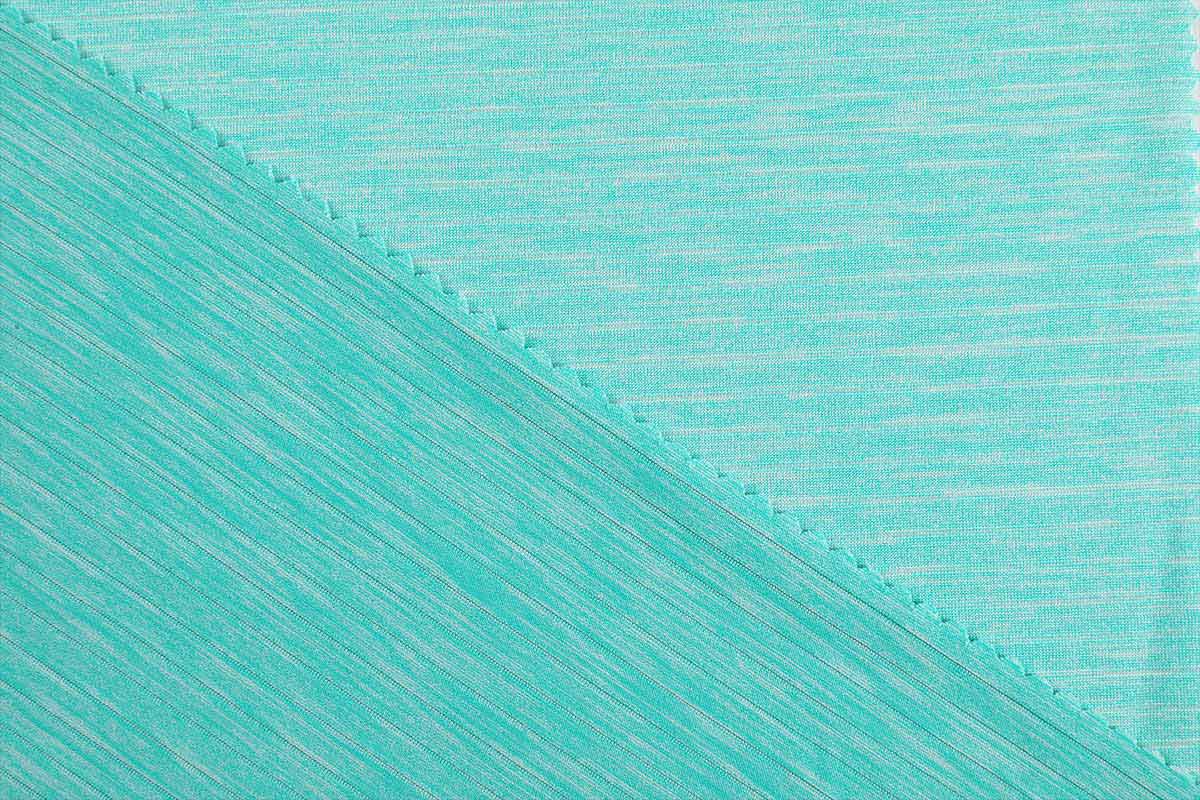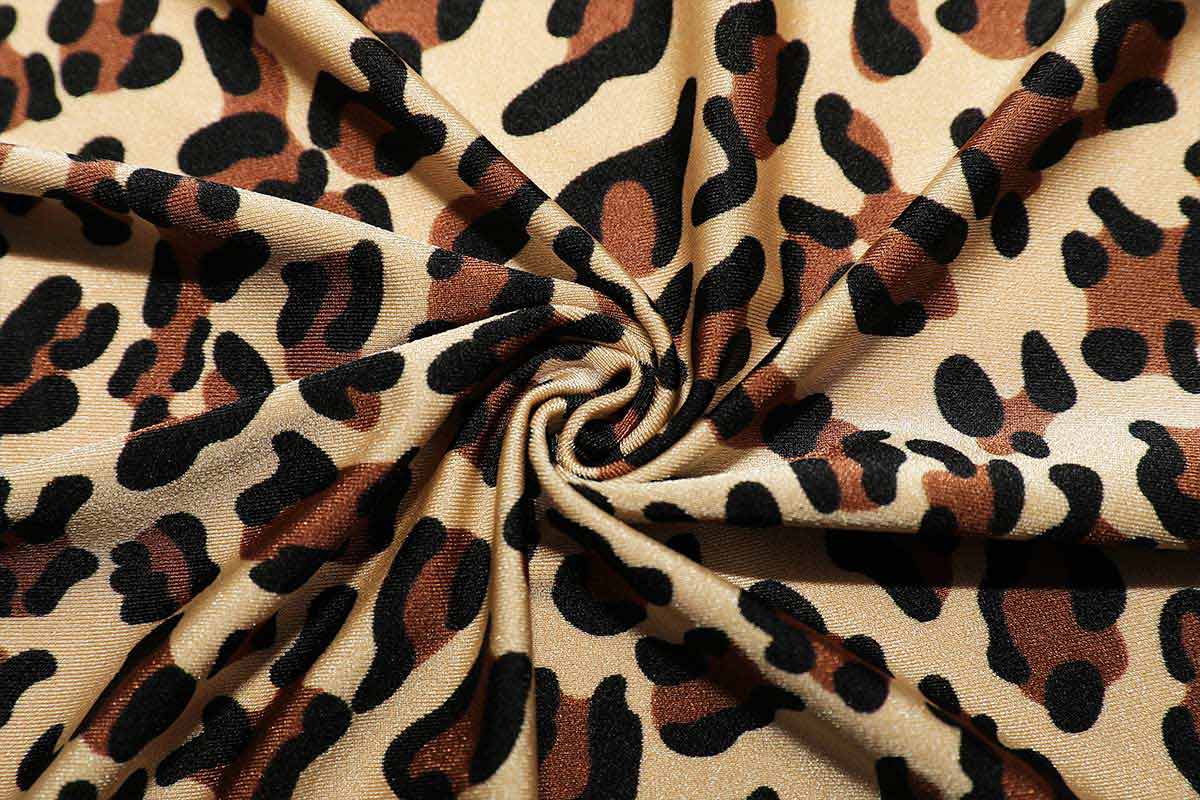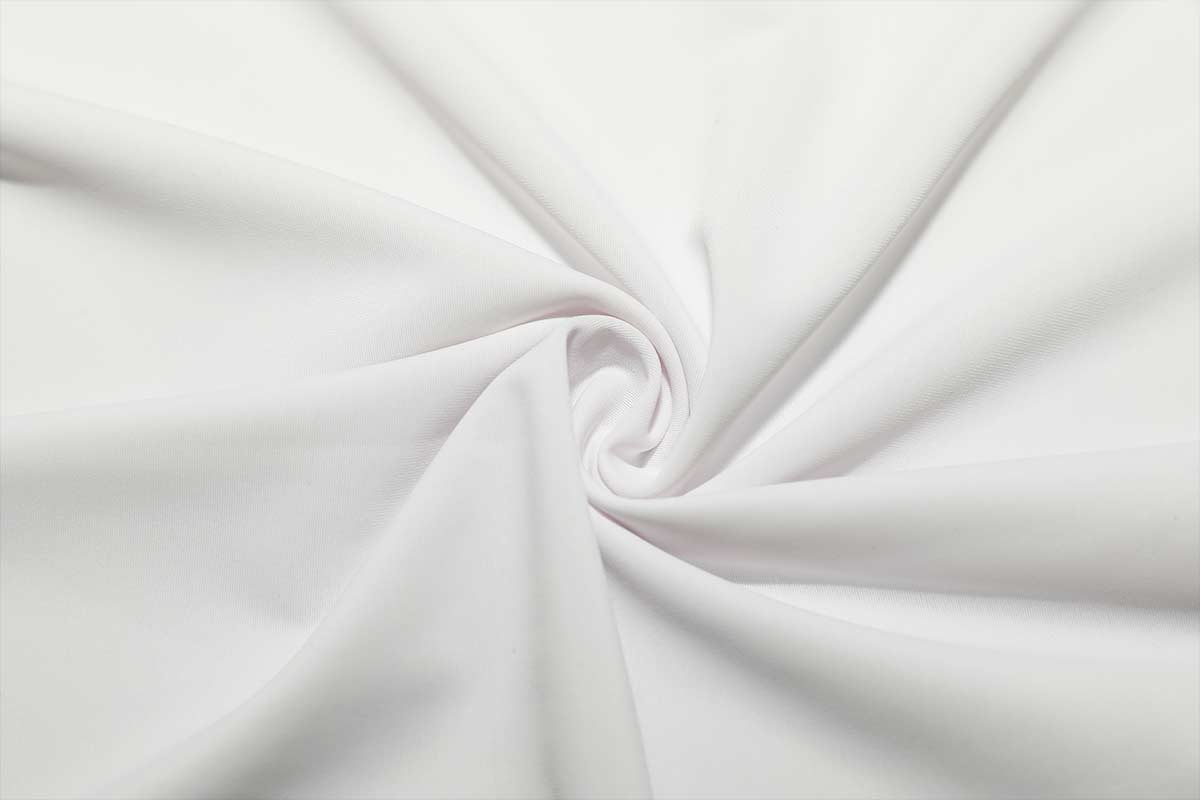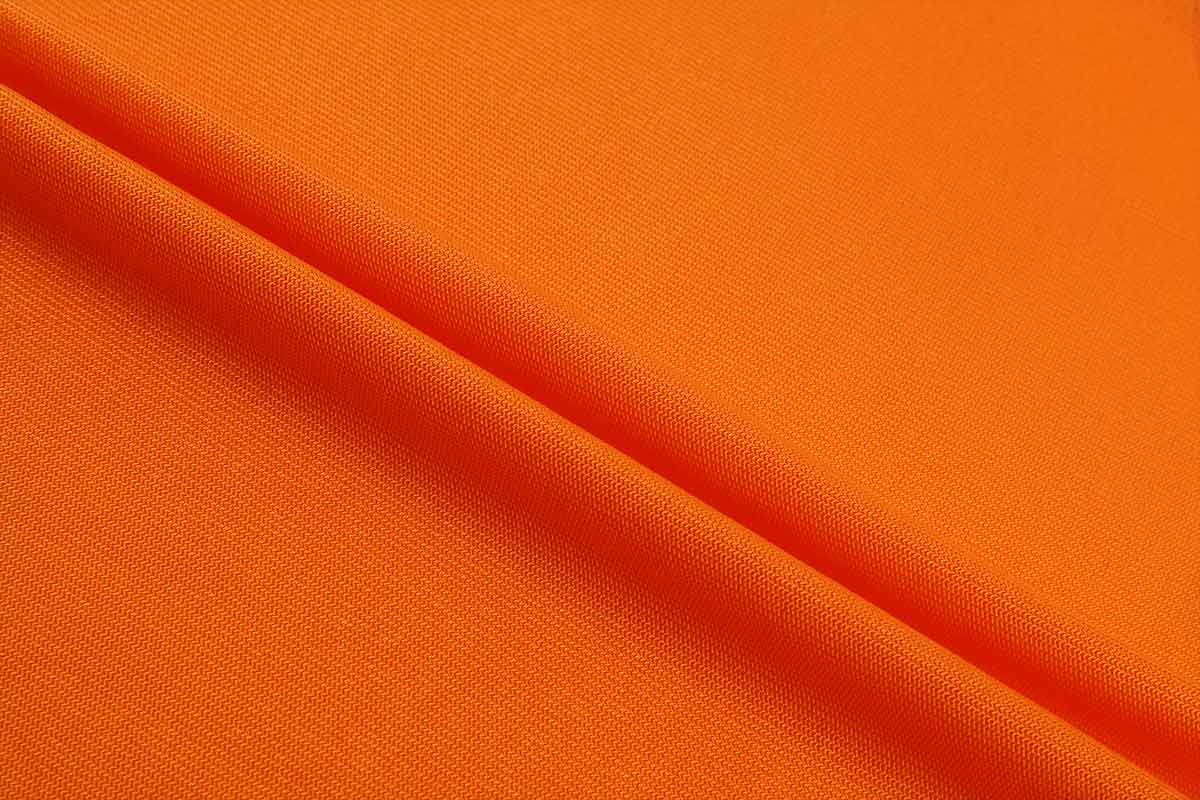The stretch and recovery properties of a weft knit fabric are important factors that affect its performance and suitability for various applications, such as clothing and sportswear. These properties are typically evaluated through standardized testing methods. Here's how you can determine the stretch and recovery properties of a weft knit fabric:
Prepare the Test Samples:
Cut or obtain representative samples of the weft knit fabric you want to test. These samples should be of sufficient size to perform the required tests.
Measure the Initial Dimensions:
Measure the initial length and width of the fabric sample accurately. These measurements will serve as the baseline for evaluating stretch and recovery.
Elongation Test (Stretch):
Use a testing machine (like a universal testing machine) with a set of jaws or clamps to grip the fabric sample.
Gradually apply tension to the fabric at a controlled rate, usually at a specified elongation rate per minute (e.g., 50 mm/min).
Record the force (in newtons or pounds) required to stretch the fabric and the corresponding elongation (in millimeters or inches) at specific intervals.


Plot a stress-strain curve to visualize the fabric's stretch behavior. The slope of the curve indicates the fabric's elasticity.
Recovery Test:
After the elongation test, release the tension on the fabric and allow it to return to its original state.
Measure the fabric's recovery properties, including:
Immediate recovery: The percentage of fabric length or width that recovers immediately after removing the elongation force.
Delayed recovery: The percentage of fabric length or width that continues to recover over a specified period (e.g., 1 minute) after releasing the force.
Calculate the fabric's total recovery, which is the sum of immediate and delayed recovery.
Repeat Testing:
It's often advisable to repeat the testing on multiple samples to ensure consistency and accuracy of results.
Data Analysis:
Analyze the data to determine the fabric's stretch properties, including:
Elasticity: The ability of the fabric to stretch and return to its original shape.
Elongation at break: The point at which the fabric fails or breaks under tension.
Recovery properties: The ability of the fabric to recover its original dimensions after stretching.
Report the Results:
Present the results in a clear and organized manner, including the initial dimensions, elongation, recovery percentages, and any other relevant data.
By following these steps and using appropriate testing equipment, you can quantitatively assess the stretch and recovery properties of a weft knit fabric, which can help in selecting the right fabric for specific applications and ensuring its quality and performance.




 简体中文
简体中文
